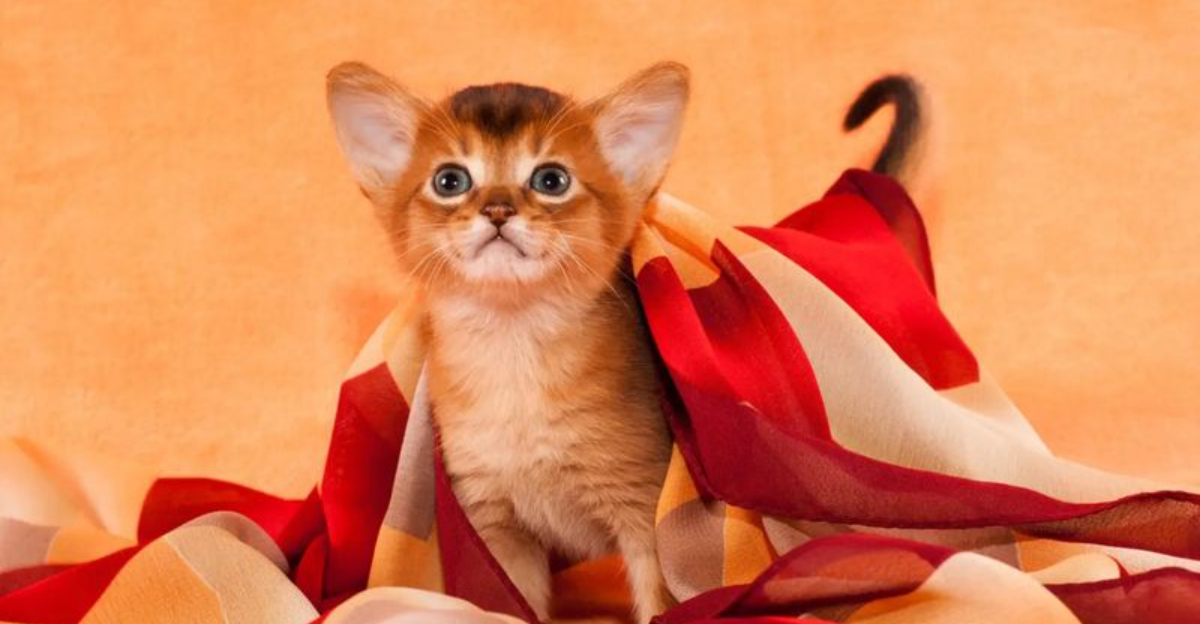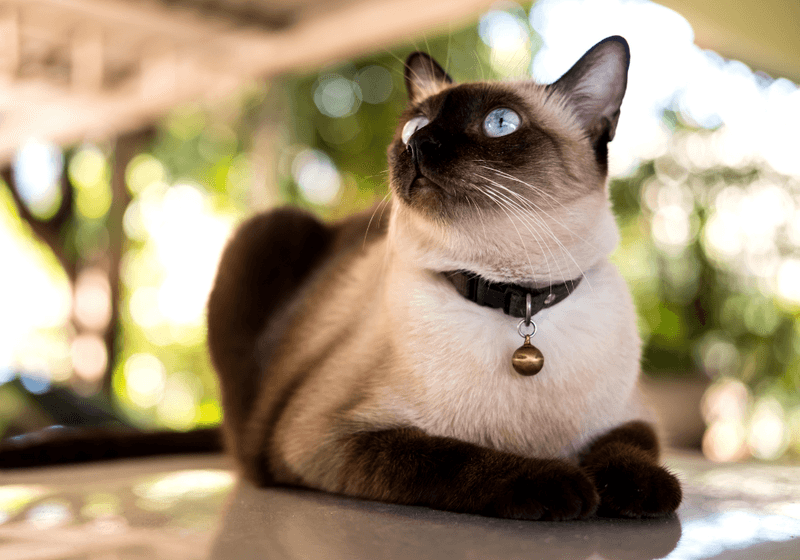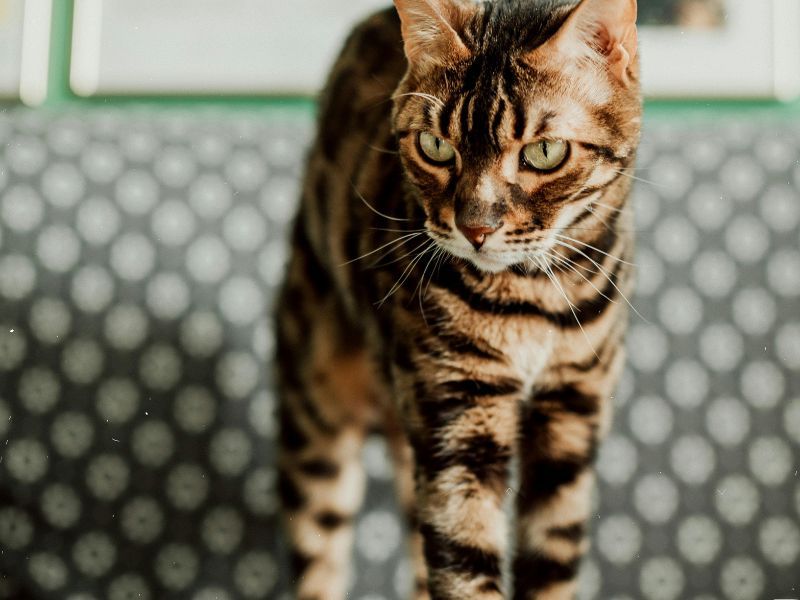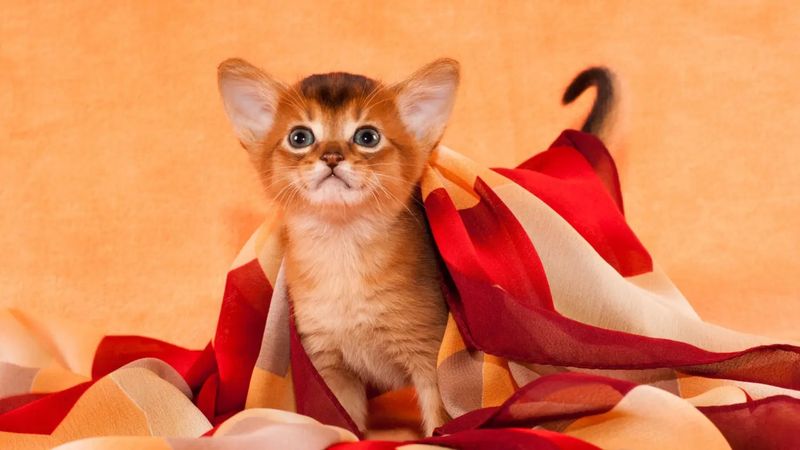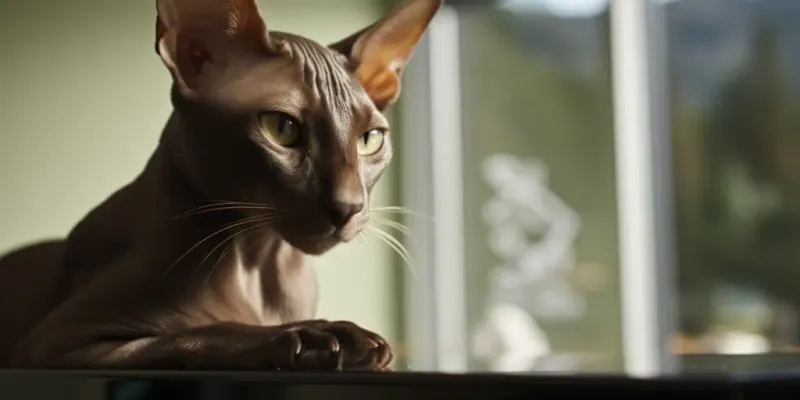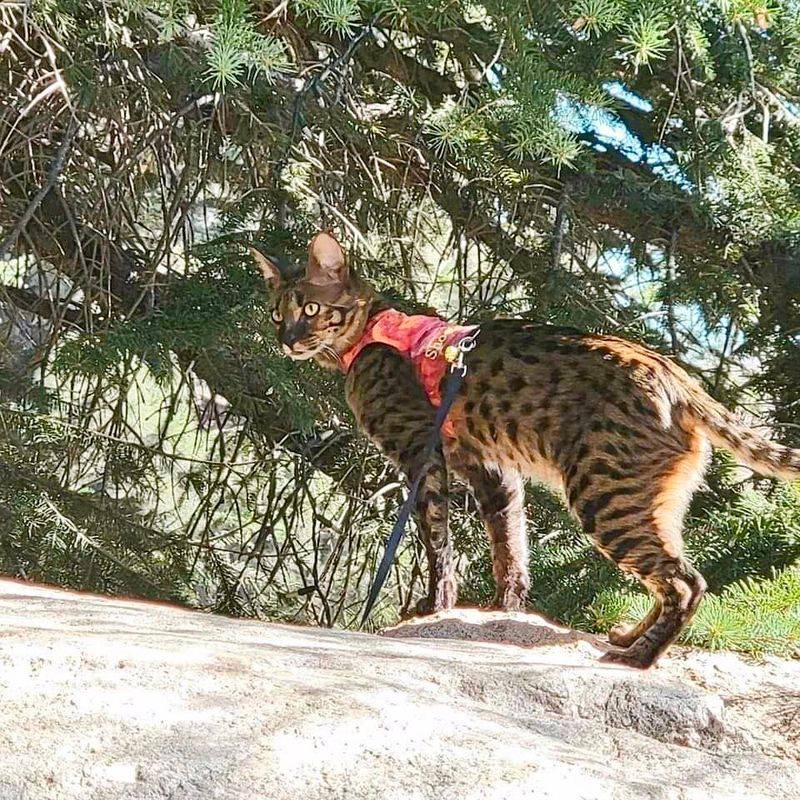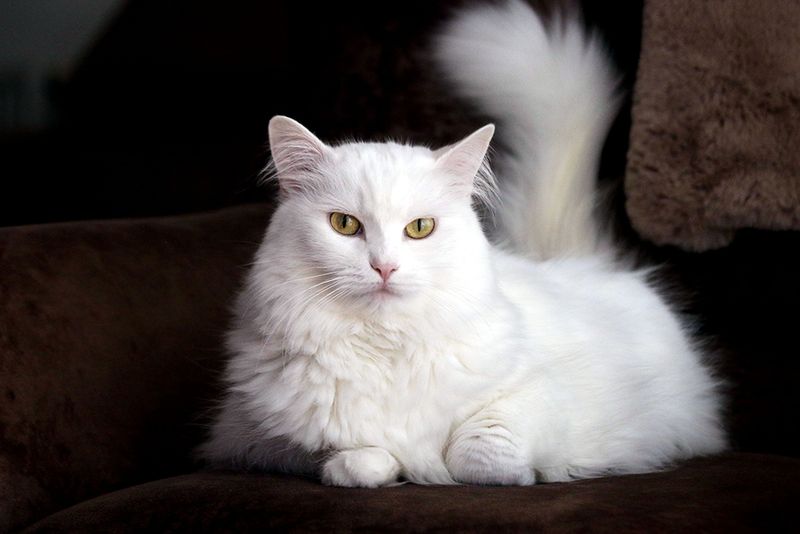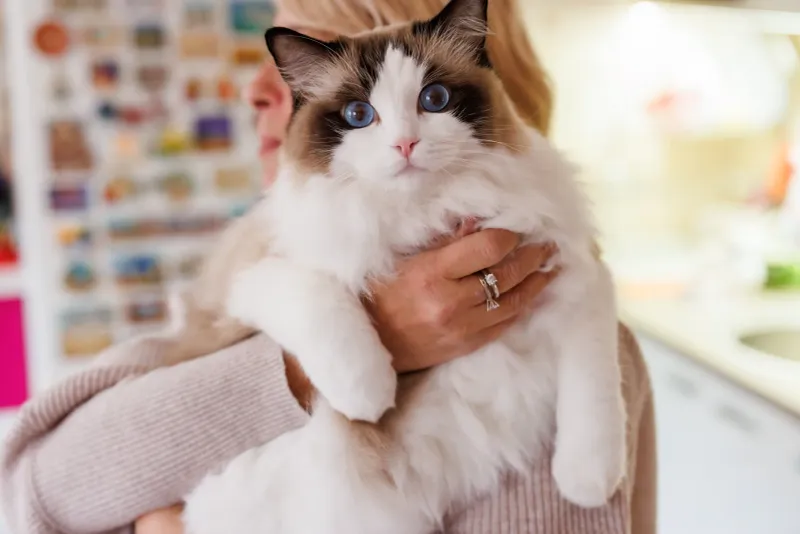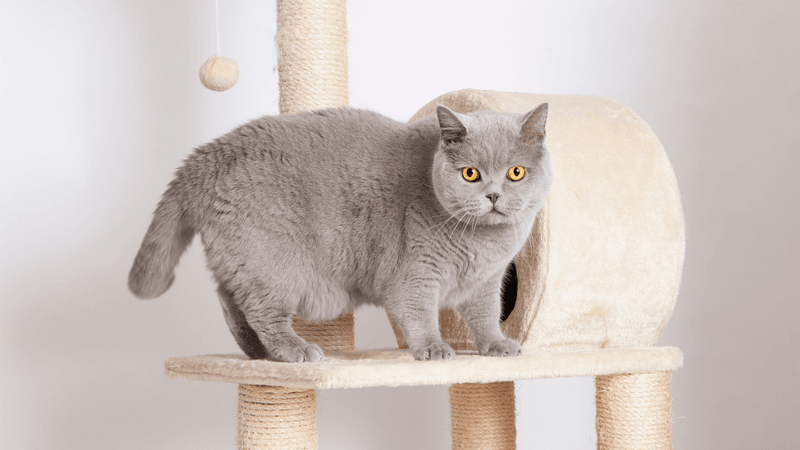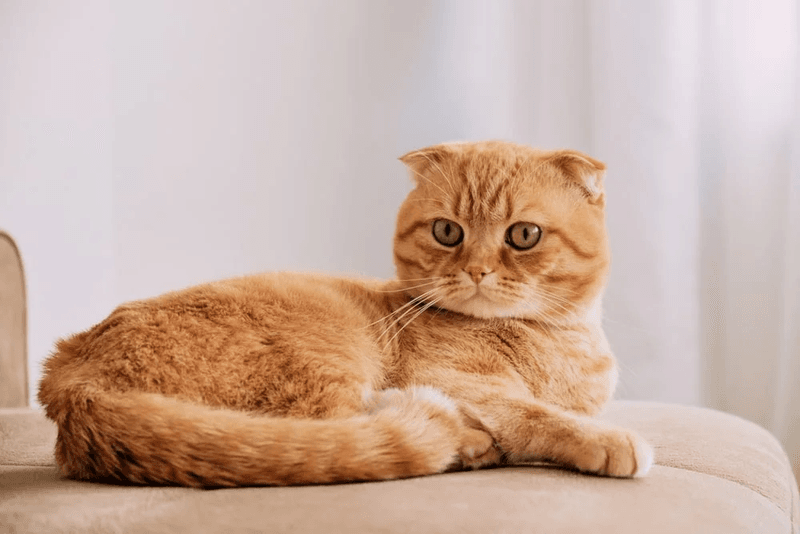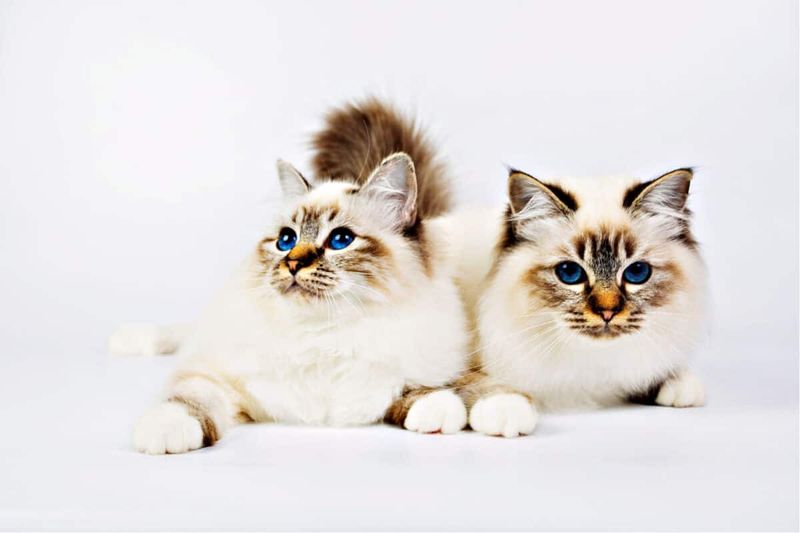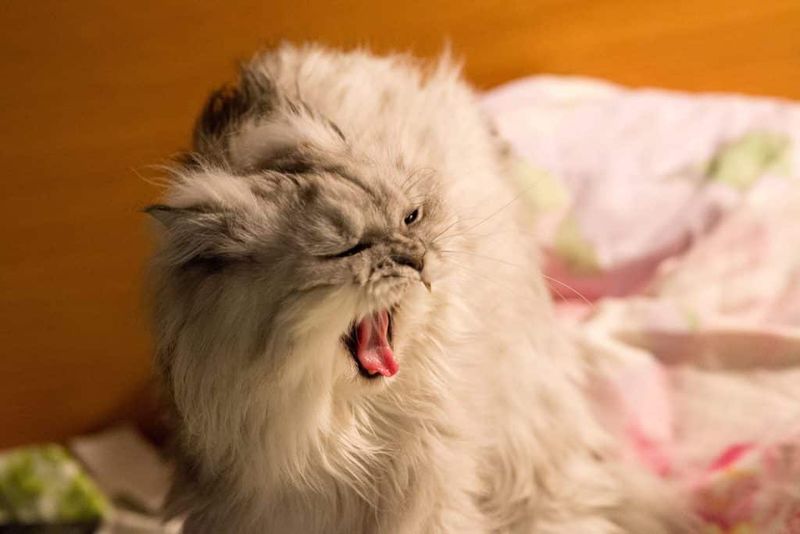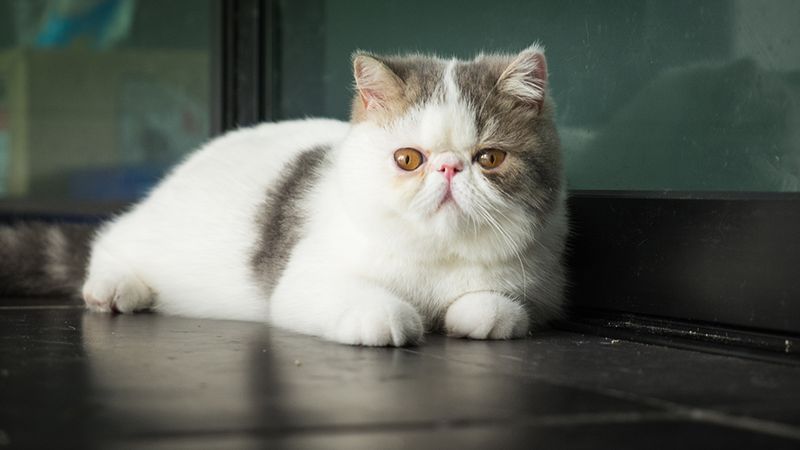📖 Table of Content:
In the diverse world of feline companions, not all cats are created equal when it comes to personality and social structure. Just like people, some cats naturally gravitate toward leadership roles—assertive, confident, and always ready to stake their claim as the head of the household. Others are more comfortable following along, enjoying a peaceful existence without the need to control their environment or peers.
Understanding these personality differences can be especially important in multi-cat homes or for prospective cat owners looking to find the right temperament match. A dominant, or “alpha,” cat may need more stimulation and boundaries, while a more submissive cat might thrive in a calm, structured setting with lots of affection. Recognizing the signs of feline hierarchy can help create harmony between pets and improve the human-cat relationship.
This article explores six cat breeds that are known for taking charge and acting as leaders, alongside six that are more easygoing and receptive to guidance. Each breed has its own charm, and none is better or worse—just different in how they interact with the world around them. These descriptions will give you a sense of each breed’s behavior, helping you identify which type might best suit your lifestyle or home dynamic.
1. Siamese
Known for their striking blue eyes and elegant form, Siamese cats are just as commanding in personality as they are in appearance. They don’t merely request attention—they demand it, often through persistent vocalizations that sound like conversation. These cats are fiercely intelligent and quickly learn routines or how to manipulate their environment. Rather than tolerating boredom, they actively resist it, sometimes getting into trouble just to stay entertained. Siamese cats often form strong bonds with one person, asserting themselves in that relationship with confidence. They aren’t shy about claiming preferred spaces or leading interactions with other pets. Their boldness and extroversion make them natural alphas in any feline group.
2. Bengal
Thriving on energy and curiosity, Bengals bring a wild streak into domestic life. Their lineage, which includes the Asian leopard cat, shines through in their athleticism and assertive behavior. These cats are known to dominate playtime, claiming toys and attention with gusto. They often show territorial tendencies, marking spaces as their own and establishing boundaries with other animals. Interaction with Bengals requires both patience and stimulation, as they are not cats to be ignored or left idle. Their dominant nature means they often try to control the dynamic in multi-pet households. Despite this, their loyalty and love for their humans are undeniable.
3. Abyssinian
Adventurous from the moment they can walk, Abyssinians take an active role in their environment. They are explorers at heart, often climbing to the highest shelves or sneaking into hidden corners. These cats don’t wait for play—they initiate it, often enticing humans and other pets into their energetic world. Rather than simply observing, they prefer to be involved in every part of household activity. Social yet assertive, they naturally rise to the top of feline hierarchies. Their confidence is matched by a keen intelligence that drives them to investigate and learn. Living with an Abyssinian means accepting their role as a curious commander.
4. Oriental Shorthair
Expressing themselves in a near-constant stream of chatter, Oriental Shorthairs communicate their desires with remarkable clarity. They often take on the role of social director in the home, ensuring that everyone—human or animal—knows their place. These cats combine the intelligence of Siamese lineage with a flair for drama and attention-seeking. Unlike more passive breeds, they confront conflict head-on and aren’t afraid to assert themselves. They can be quite persuasive, often using their charm and vocalizations to get what they want. Even in the presence of larger animals, they won’t easily back down. This confidence makes them prominent leaders in mixed-pet environments.
5. Savannah
Boasting long legs and a sleek, exotic appearance, Savannah cats radiate presence. Their heritage from the African serval gives them a bold, sometimes intense demeanor. These cats demand respect and space, often establishing themselves as the top cat quickly. They are not shy about enforcing boundaries and can be selective in their social bonds. Physical prowess allows them to dominate play and movement, often scaling tall furniture or leaping great distances. They enjoy being challenged, both mentally and physically, and won’t tolerate inactivity for long. A Savannah in the house is unmistakable—not just for their look, but their commanding behavior.
6. Turkish Van
Rare and fascinating, Turkish Vans are natural-born leaders with a strong sense of independence. Their love for water and play sets them apart from more sedate breeds. These cats are known to patrol their territory actively, keeping tabs on every movement in the household. Rather than seeking constant affection, they prefer interaction on their terms, reinforcing their alpha status. They often dominate group dynamics among cats due to their confidence and physicality. Owners must respect their space and intelligence to build a strong relationship. A Turkish Van doesn’t follow; it guides.
7. Ragdoll
As their name suggests, Ragdolls are known for going limp in your arms, trusting and relaxed. They greet people with quiet affection and rarely make a fuss. These cats tend to defer to other animals and enjoy peaceful, low-stress environments. Whether being carried, cuddled, or simply lounging, they exude contentment without seeking control. Ragdolls are often happiest when someone else makes the decisions for them. Their social nature allows them to get along with nearly anyone, and they rarely assert dominance. It’s their calm, loving demeanor that makes them ideal companions for both humans and animals alike.
8. British Shorthair
Solid and stoic, British Shorthairs bring a grounded presence to any home. They are content observing rather than participating in high-energy antics. These cats are famously undemanding and exhibit an innate sense of calm. Rather than challenge others for space or resources, they’re more likely to step aside. They don’t crave leadership roles and prefer a structured, harmonious setting. When living with more assertive cats, they often assume a peaceful, background role. This accommodating nature makes them favorites among owners looking for a drama-free feline.
9. Scottish Fold
Distinguished by their folded ears and sweet expressions, Scottish Folds are gentle and adaptable. They prefer quiet companionship over rowdy play and rarely initiate confrontations. When other cats vie for dominance, the Fold usually retreats rather than engage. These cats enjoy routine and tend to bond closely with their humans without being possessive. They accept leadership from both pets and people, adjusting easily to changes in household dynamics. Their mellow temperament makes them compatible with a wide range of personalities. If peace is what you’re after, a Scottish Fold fits the role beautifully.
10. Birman
Radiating serenity and charm, Birmans are natural harmonizers in multi-cat homes. Their friendly demeanor allows them to get along with dominant breeds without tension. These cats are patient and affectionate, often preferring to follow rather than lead. Birmans enjoy companionship but don’t demand it, making them easy to live with. Instead of asserting authority, they gently integrate into existing hierarchies. Their calm presence can even soothe more anxious or aggressive pets. If you’re looking for a breed that brings balance rather than disruption, the Birman is a perfect choice.
11. Persian
Persians embody relaxation, preferring luxurious lounging to power struggles. They show little interest in leading and are content being pampered and admired. These cats avoid stress and often remove themselves from conflict entirely. Known for their easygoing attitudes, they rarely assert themselves even when challenged. Their laid-back lifestyle makes them a gentle influence in multi-pet households. Rather than competing, they coexist, often choosing silence over protest. Their tranquil temperament contributes to a peaceful home atmosphere.
12. Exotic Shorthair
Plush and sweet-natured, Exotic Shorthairs are the epitome of feline tranquility. They inherit the Persian’s docility but with a livelier twist due to their short coat and round features. These cats enjoy companionship but are never pushy or bossy about it. In group settings, they yield easily and avoid dominating behavior. They’re affectionate without being clingy, adapting well to whatever role is available in the social structure. Exotic Shorthairs make excellent companions for more assertive pets, as they don’t challenge boundaries. With their gentle demeanor and cuddly nature, they bring comfort and warmth to any home.
